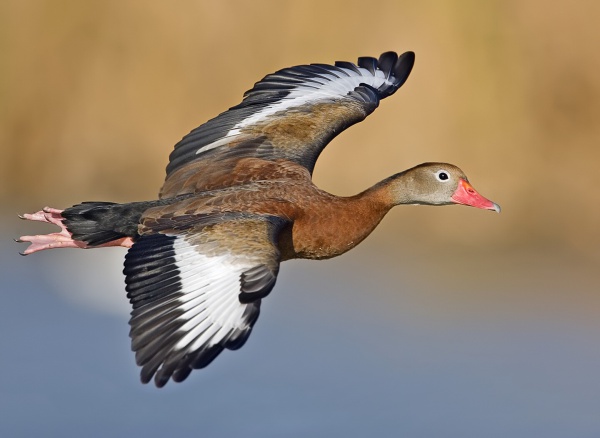Facts About Whistling duck
Whistling ducks, also known as tree ducks, belong to the subfamily Dendrocygninae, which is part of the Anatidae family that includes ducks, geese, and swans. Despite their name, they are not true ducks and are occasionally classified under a separate family called Dendrocygnidae. The genus Dendrocygna comprises eight extant species, with one extinct species from the Cook Islands that has yet to be formally described. Carl Linnaeus first described whistling ducks in 1758, and William John Swainson later named the genus Dendrocygna in 1837.
The classification and evolutionary history of whistling ducks are complex and often debated among scientists. Some experts place them in the tribe Dendrocygnini within the Anatidae family and the subfamily Anserinae, while others argue they should be assigned to their own subfamily or even a separate family. The white-backed duck is sometimes included in the Dendrocygnini tribe due to its similarities to whistling ducks.
Currently, eight species of whistling ducks are officially recognized within the genus Dendrocygna. However, some researchers suggest that the white-backed duck should be considered a ninth species due to its similar behavior and morphology. Molecular studies also support the inclusion of the white-backed duck in the whistling duck group. Additionally, remains of an extinct whistling duck species have been discovered in the Cook Islands.
Whistling ducks are typically found in tropical and subtropical regions and are well-known for their distinctive whistling calls. They have long legs and necks, are highly social, and often travel in large flocks between feeding and roosting sites. Both male and female whistling ducks have similar appearances, characterized by a hunched posture and black underwings visible during flight.
